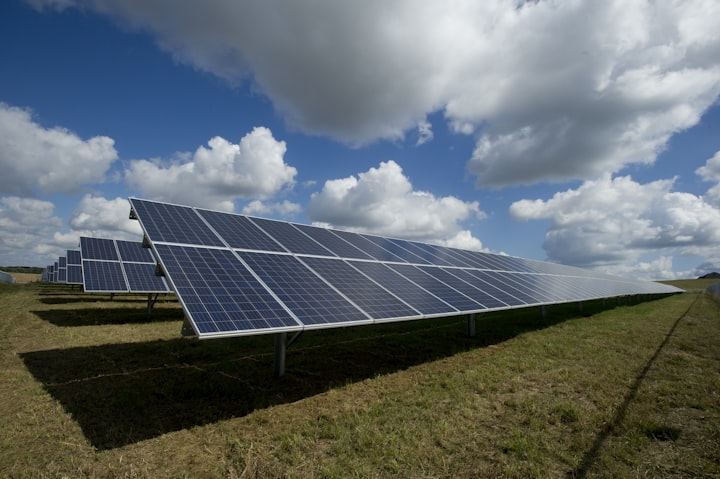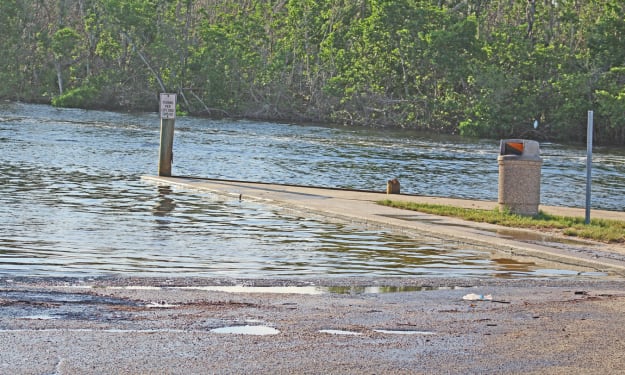
As we navigate the challenges of the 21st century, few issues demand our attention and collective action as urgently as climate change. With growing concerns about global warming and environmental sustainability, it is vital that we engage in discussions about climate change, renewable energy, and international efforts to combat this pressing issue. By understanding the local impact of climate change and taking action at the community level, we can contribute to a sustainable future for ourselves and future generations. This article aims to create a discussion and inspire a call to action in your local community.
Understanding the Local Impact: While climate change is a global issue, its effects are felt at the local level, often in profound and tangible ways. Rising temperatures, extreme weather events, sea-level rise, and changing ecosystems are just a few challenges we face. By recognizing the specific threats posed to our region, we can develop targeted strategies to mitigate and adapt to these changes effectively.
The Role of Renewable Energy: Transitioning to renewable energy sources is crucial in combating climate change. Locally, we can invest in solar, wind, and other clean energy options to reduce our reliance on fossil fuels. Supporting initiatives for renewable energy infrastructure, such as community solar projects and incentives for homeowners and businesses, can accelerate this transition. By adopting sustainable practices, we not only reduce greenhouse gas emissions but also create local jobs and foster economic growth.
Renewable energy plays a vital role in mitigating climate change and transitioning to a sustainable future. Unlike fossil fuels, which are finite and contribute to greenhouse gas emissions, renewable energy sources are abundant, clean, and have a significantly lower environmental impact. By embracing renewable energy, we can reduce carbon emissions, improve air quality, and decrease our reliance on fossil fuels. Let's explore some of the major types of renewable energy:
Solar Energy: Solar energy harnesses the power of the sun to generate electricity. It is one of the most abundant and accessible renewable energy sources. Solar panels, often installed on rooftops or in solar farms, capture sunlight and convert it into electricity through the photovoltaic (PV) effect. Solar energy systems can be scaled to meet various needs, from individual homes to large-scale power plants.
Wind Energy: Wind energy is generated by converting the kinetic energy of the wind into electricity. Large turbines with rotating blades are strategically placed in areas with strong and consistent wind currents, such as onshore and offshore locations. As the wind blows, it spins the turbine, which generates electricity through a generator. Wind farms can consist of multiple turbines, collectively producing significant amounts of clean energy.
Hydropower: Hydropower utilizes the energy of flowing or falling water to generate electricity. Dams or water turbines are used to capture the kinetic energy of water and convert it into electrical energy. Hydropower can range from small-scale installations like micro-hydro systems in rivers or streams to large-scale hydroelectric power plants, such as those found on major rivers.
Geothermal Energy: Geothermal energy harnesses the heat from within the Earth to generate electricity or provide direct heating and cooling. It relies on accessing the Earth's natural geothermal reservoirs, which consist of hot water and steam. Geothermal power plants use this heat to produce electricity by driving turbines connected to generators. Geothermal systems can also directly heat buildings or provide hot water for residential and commercial use.
Biomass Energy: Biomass energy is derived from organic matter, such as wood, agricultural waste, or dedicated energy crops. Biomass can be used to produce heat or electricity through various processes, including combustion, gasification, and anaerobic digestion. Biomass energy can offer a renewable and sustainable alternative to fossil fuels while effectively managing organic waste.
Tidal and Wave Energy: Tidal and wave energy harness the power of ocean tides and waves to generate electricity. Tidal energy involves capturing the movement of tides through tidal barrages, tidal turbines, or tidal fences. Wave energy utilizes the up and down motion of waves to generate electricity through devices placed offshore. Both forms of ocean energy have the potential to provide a consistent and predictable renewable energy source.
Each type of renewable energy has its own unique advantages and considerations, depending on factors such as geographical location, resource availability, and technological advancements. By diversifying our energy mix and maximizing the potential of these renewable sources, we can accelerate the transition to a cleaner and more sustainable energy future.
Community Engagement and Education: To drive meaningful change, community engagement is essential. It is vital to create platforms for discussions, workshops, and educational campaigns that raise awareness about climate change and empower individuals to take action. By engaging local schools, businesses, community organizations, and government bodies, we can collaborate and develop innovative solutions tailored to our specific needs.
Transportation is a significant contributor to carbon emissions. Encouraging alternatives to single-occupancy vehicles, such as promoting public transportation, carpooling, biking, and walking, can significantly reduce our carbon footprint. Additionally, advocating for the development of electric vehicle charging infrastructure and supporting electric vehicle adoption can contribute to a cleaner and more sustainable transportation system.
Protecting and preserving our local natural spaces is critical in the fight against climate change. These ecosystems act as carbon sinks, absorbing and storing vast amounts of CO2. By conserving forests, wetlands, and other natural habitats, we enhance biodiversity and mitigate the impact of greenhouse gas emissions. Volunteering for local conservation efforts and participating in reforestation initiatives are impactful ways to protect our environment.
Call to Action: Now is the time for our local community to come together and take action against climate change. By working collectively, we can make a significant difference. Here are a few steps we can take:
Stay informed about climate change and its local impacts. Share knowledge and engage in discussions with family, friends, and neighbors.





Comments
Tony Mann is not accepting comments at the moment
Want to show your support? Send them a one-off tip.